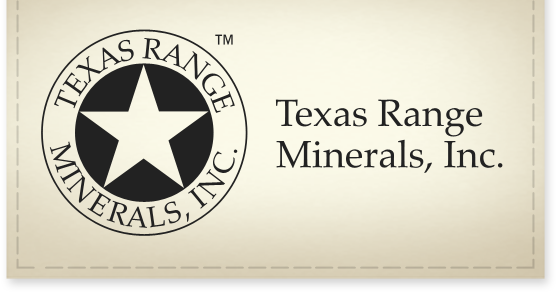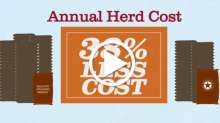The “Science”
When you feed a cow, you are actually feeding bacteria and other microbes that populate her rumen.
Microbial metabolism, rapidly underway when her rumen is balanced for temperature, pH, moisture, and motility, breaks the carbohydrates in grass down to smaller utilizable building blocks. The microscopic middlemen ― the rumen microbes ― are preparing the simple molecular building blocks that can be utilized by the cow to produce high quality proteins in red meat and milk. It’s as if rumen bacteria cheat the Laws of Entropy and Enthalpy and defy The Second Law of Thermodynamics!
When loose mineral or mineral blocks are supplemented to beef cattle, the compounds are in “mineral salt” form*. Be aware, however, that those microbes in the rumen can use mineral only in soluble forms
(such as P04– –). The most efficient mineral salt ingredients are the ones that go into solution and stay in solution in the neutral pH of the rumen, rather than going into solution in the acidic lower intestinal tract, having bypassed all the action.
Texas Range Minerals advocates the Rumen Availability of the ingredients used in our mineral supplements.
Production losses occur when grass the cattle eat is deficient in some of the minerals needed for this energy and amino acid building project ― or when some minerals are present in excess. These excesses and deficiencies would be like a builder constructing a house, whose supplies are delivered to the site in the wrong proportions. Too many nails, not enough lumber. Three kitchen sinks when specs call for one; one toilet when plans are for three full baths. That builder would just have to do the best he could with what he had!
* “Mineral salt” is a compound made up of one element that is of positive charge and one that is of negative charge. Examples: when providing salt for cattle, sodium (Na+) and chlorine (Cl– –); or mono-calcium phosphate (Ca++) and (PO4– –).


